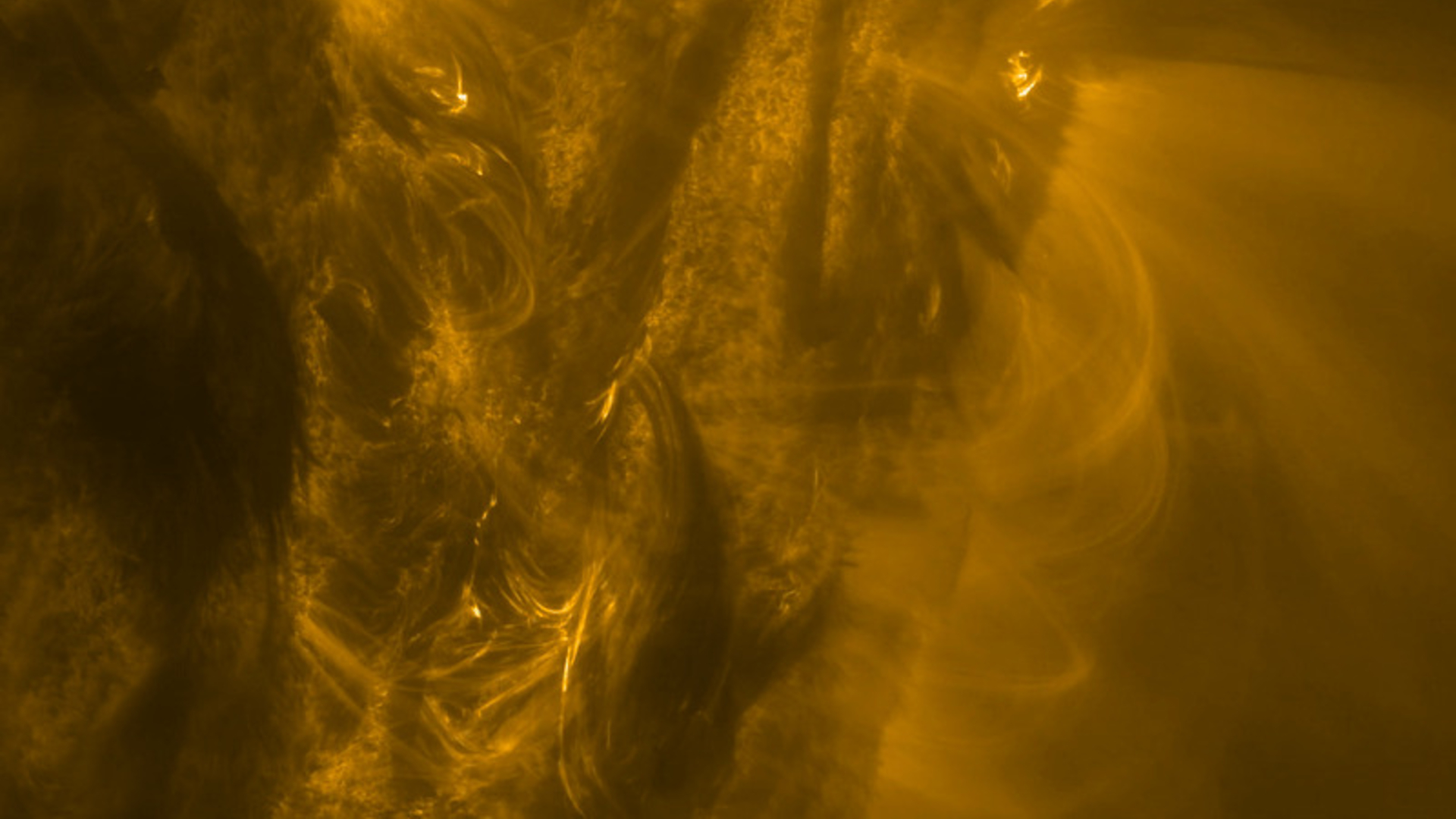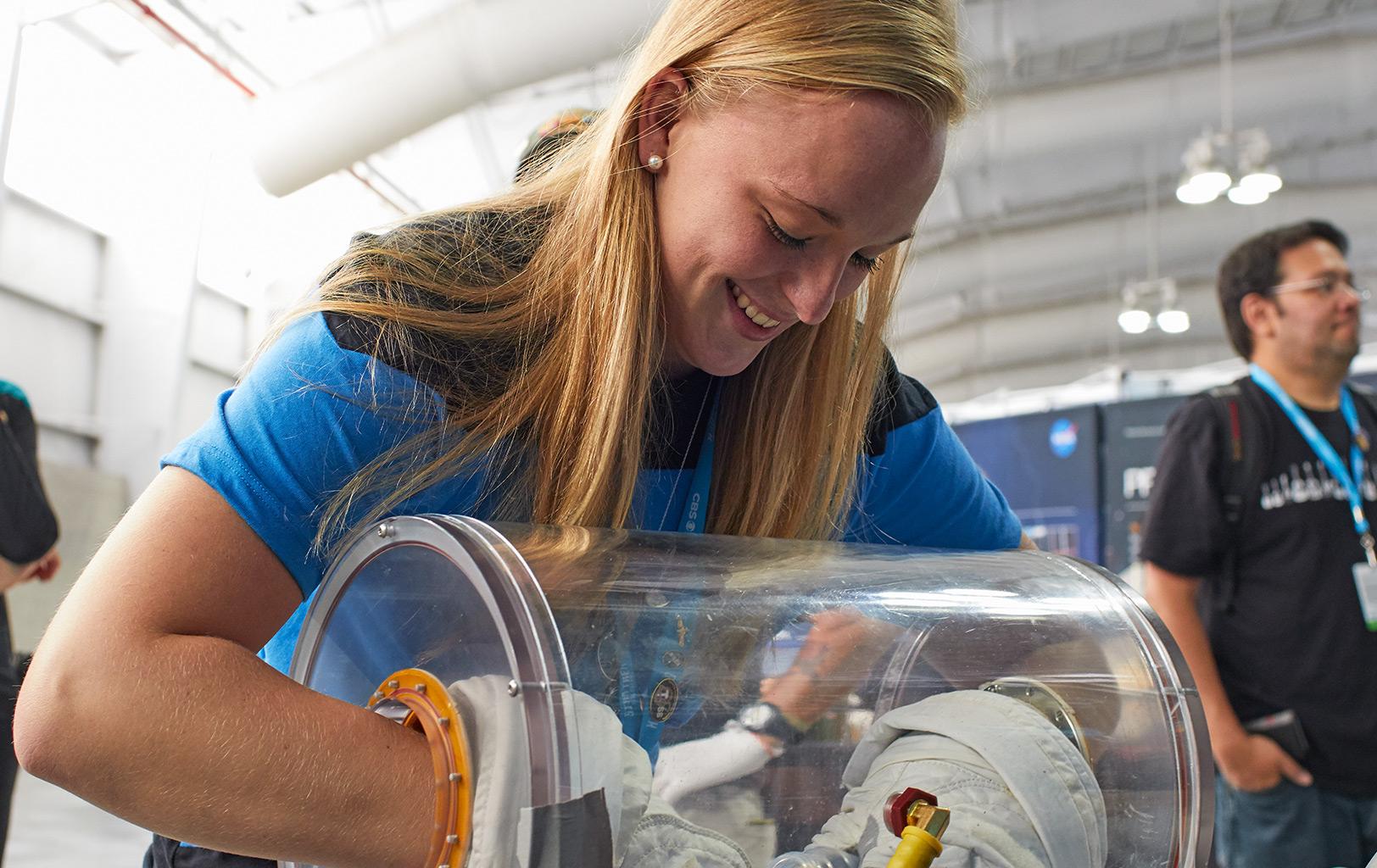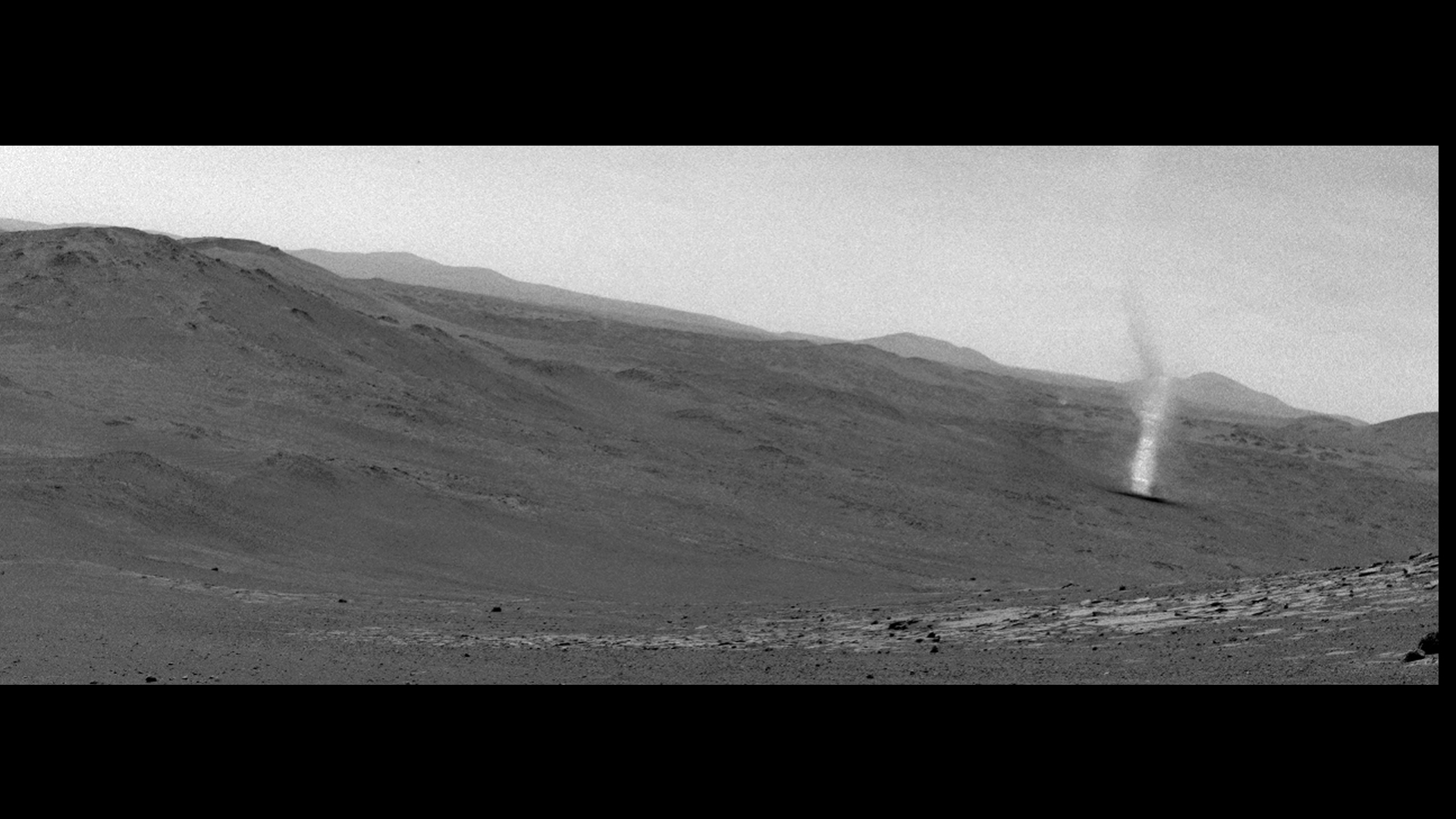'No spacecraft would survive': Europe simulates catastrophic solar storm to warn of real risks
No spacecraft would be safe in the wake of a solar storm like the 1859 Carrington Event.

Europe has just run its most extreme space weather simulation yet — a scenario so severe that no spacecraft was left unscathed in the exercise.
The European Space Agency (ESA) staged the exercise at its mission control center in Darmstadt, Germany, to test how its satellites and operations teams would respond to a solar superstorm rivaling the 1859 Carrington Event — the most powerful geomagnetic storm ever recorded, capable of causing severe electronic disruption. The simulation was designed to test spacecraft operations and space weather preparedness ahead of the upcoming Sentinel-1D mission, set to launch in November.
"Should such an event occur, there are no good solutions. The goal would be to keep the satellite safe and limit the damage as much as possible," Thomas Ormston, Deputy Spacecraft Operations Manager for Sentinel-1D, said in a statement from ESA.
In the simulation, the sun unleashed a triple threat. First came an enormous X-class solar flare, whose radiation hit Earth within eight minutes, disrupting communications, radar and tracking systems. A barrage of high-energy protons, electrons and alpha particles followed, striking spacecraft in orbit, triggering false readings, data corruption and potential hardware damage.
Then, about 15 hours later, a massive coronal mass ejection (CME) slammed into Earth's magnetic field. The planet's upper atmosphere swelled, increasing drag on satellites by up to 400%, knocking them from predicted orbits, heightening the risk of collisions and shortening the spacecraft's longevity.
On the ground, the same storm could overload power grids and pipelines with geomagnetic energy. The simulation forced ESA's mission controllers to make real-time decisions, offering insight on how to plan, approach and react when such an event occurs.
"The immense flow of energy ejected by the sun may cause damage to all our satellites in orbit," Jorge Amaya, Space Weather Modelling Coordinator at ESA, said in the statement. "Satellites in low-Earth orbit are typically better protected by our atmosphere and our magnetic field from space hazards, but an explosion of the magnitude of the Carrington event would leave no spacecraft safe."
Breaking space news, the latest updates on rocket launches, skywatching events and more!
The exercise demonstrated how a severe solar storm could cascade across systems, from satellite failures to degraded navigation, to the loss of critical communications. ESA scientists warned that such an event is inevitable.
"The key takeaway is that it's not a question of if this will happen but when," Gustavo Baldo Carvalho, Lead Simulation Officer of Sentinel-1D, said in the statement.
To prepare for the inevitable, ESA is expanding its monitoring network and preparing for the 2031 Vigil mission — a new spacecraft that will sit at the sun-Earth L5 point to give earlier warnings of incoming solar eruptions. The goal, officials say, is to ensure that spacecraft and ground infrastructure can recover quickly.

Samantha Mathewson joined Space.com as an intern in the summer of 2016. She received a B.A. in Journalism and Environmental Science at the University of New Haven, in Connecticut. Previously, her work has been published in Nature World News. When not writing or reading about science, Samantha enjoys traveling to new places and taking photos! You can follow her on Twitter @Sam_Ashley13.
You must confirm your public display name before commenting
Please logout and then login again, you will then be prompted to enter your display name.
